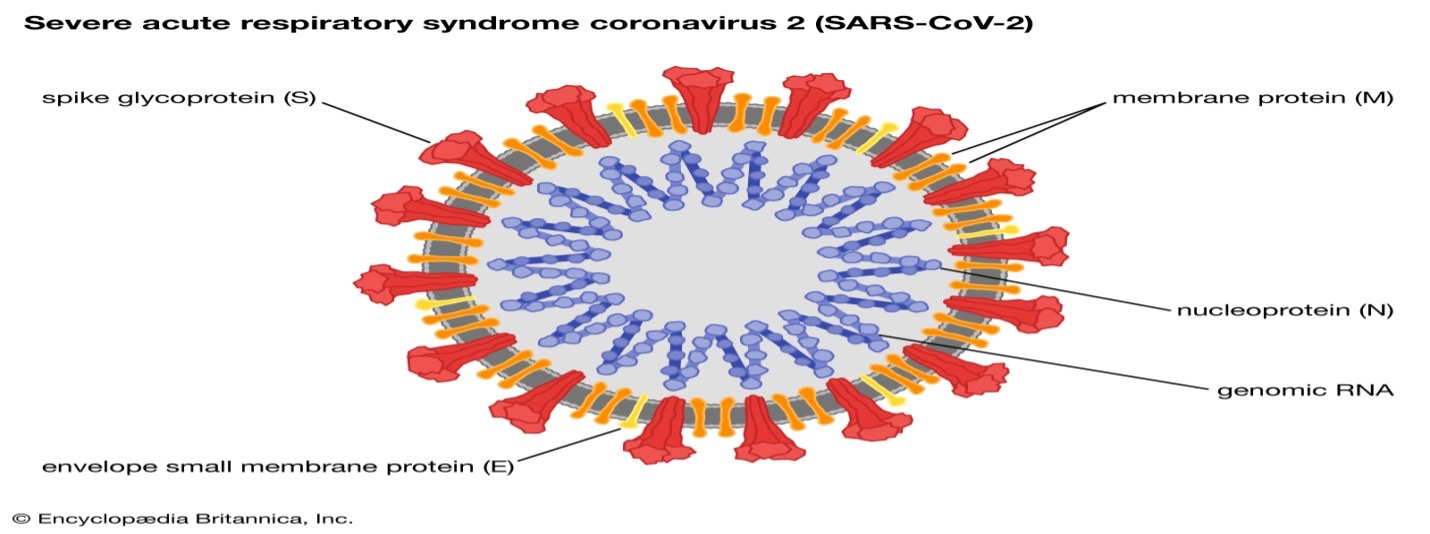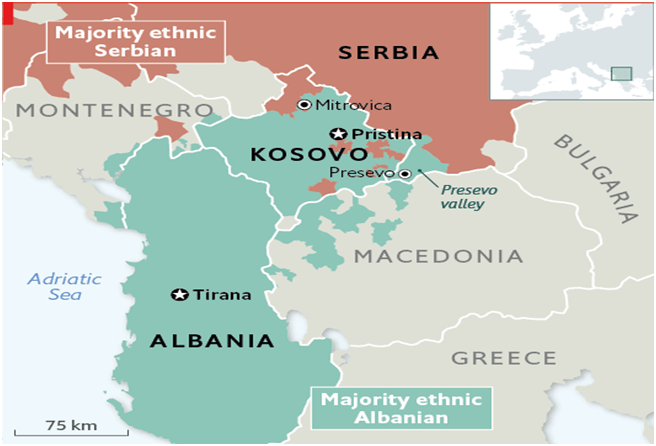MONKEY-POX
Why in news? : First case of monkey-pox was confirmed in India after a person who had returned to Kerala from abroad developed symptoms of the disease.
What is Monkey-pox? : A viral zoonotic disease with symptoms similar to smallpox, although with less clinical severity. Infection was first discovered in 1958 following two outbreaks in colonies of monkeys kept for research — which led to the name ‘monkey-pox.
What are its key symptoms? : It begins with a fever, headache, muscle aches, back ache, and exhaustion. It also causes the lymph nodes to swell (lymphadenopathy), which smallpox does not.
What WHO says about it? : It is important not to confuse monkey-pox with chickenpox, measles, bacterial skin infections, scabies, syphilis and medication-associated allergies.
When can the symptoms be noticed ?: It is usually a self-limiting disease with symptoms lasting from two to four weeks. The incubation period (time from infection to symptoms) is usually 7-14 days but can range from 5-21 days.
The Health Ministry notes that the period of communicability is “1-2 days before the rash until all the scabs fall off/get subsided”.
What are its phases? :The disease goes through four different phases. The invasion period, which is between 0-5 days, is characterized by fever, headache and lymph node swelling.
The swelling of the lymph nodes is one of the characteristic features of monkey-pox and is not observed in similar rash causing diseases like measles and chickenpox.
What is the treatment? : There is no proven treatment for monkey-pox yet. WHO recommends supportive treatment depending on the symptoms. Those infected are advised to isolate immediately.
According to the Ministry of Health guidelines on supportive management of monkey-pox, skin rashes should be cleaned with simple antiseptic, and covered with light dressing in case of extensive lesions. Oral ulcers should be managed with warm saline gargles
Monkey-pox is a very well-understood condition that can be managed efficiently with available clinical remedies.
Why it is a major concern for India? :Though a mild disease for a majority of the population, available data shows that children, pregnant women and immune-suppressed individuals continue to be the most vulnerable group given the possibility of adverse outcomes in this population. Preparedness is thus vital.
Can it be the next pandemic? : While monkey-pox can be severe and even fatal, the current outbreak is unlikely to swell into a large epidemic.
We have vaccines and therapeutics and also the ability to stop this virus.
Monkey-pox takes up to 12 days to cause symptoms, giving doctors a window of at least five days after exposure to vaccinate and forestall disease.





.jpg)






